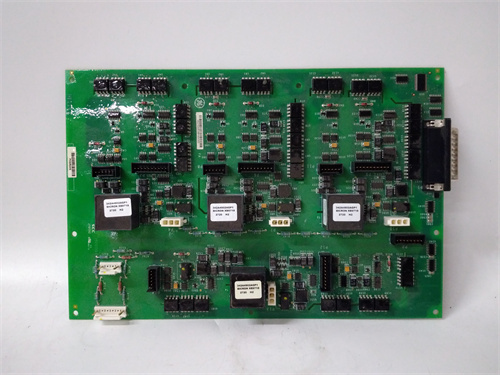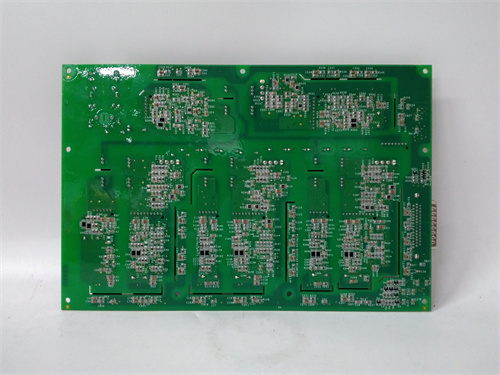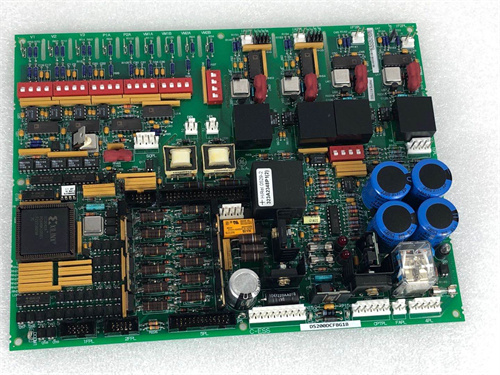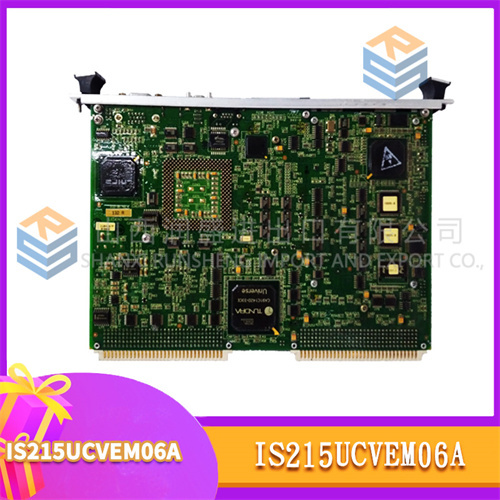Description
1. Technical Specifications
- Power Supply:
- The IS210MACCH2AEG operates on a 24V DC power supply. The power consumption is maintained at a relatively low level, around 10 – 15W, which is beneficial for long – term energy – efficient operation.
- Input/Output Configuration:
- Digital Inputs: It is equipped with 32 digital inputs. These inputs are designed to accept signals from a wide range of digital sensors, including proximity sensors, limit switches, and photoelectric sensors. They can handle input voltages in the range of 5 – 24V DC.
- Digital Outputs: There are 16 digital outputs. Each output can drive a load with a maximum current of 2A, suitable for controlling high – power relays, solenoids, and small – to – medium – sized motors.
- Analog Inputs: There are 4 analog inputs. They can receive signals in the ranges of 0 – 10V or 4 – 20mA, with a 16 – bit resolution. This high – resolution allows for extremely accurate measurement of analog quantities like temperature, pressure, and flow rate.
- Analog Outputs: 2 analog outputs are available, capable of outputting signals in the same ranges as the analog inputs, enabling precise control of analog – based actuators.
- Processing Speed:
- The response time for digital input changes is less than 5ms, and for analog input changes, it is approximately 8ms. This rapid processing speed ensures quick reaction to changes in the monitored system.
- Communication Interfaces:
- It supports an Ethernet interface with TCP/IP protocol for high – speed data transfer and seamless integration into industrial Ethernet networks. Additionally, it has an RS – 485 serial port with Modbus RTU support for local communication with other devices.
2. Applications
- Industrial Automation:
- In large – scale manufacturing plants, it can be used to control and monitor complex production lines. For example, it can manage the operation of multiple robotic arms, control the flow of materials on conveyor belts, and monitor the status of various machines.
- Power Generation and Distribution:
- In power plants and substations, it can monitor electrical parameters such as voltage, current, and frequency. It can also control the operation of circuit breakers and other power – distribution equipment.
- Chemical Processing:
- In chemical plants, it can monitor and control chemical processes, such as temperature, pressure, and flow rate of chemicals in pipelines. It ensures the safety and efficiency of the chemical production process.
3. Weight and Dimensions
- Weight:
- The module weighs about 1.5 kg, which is relatively light considering its functionality and the amount of control it can provide.
- Dimensions:
- The overall dimensions are: length – 190mm, width – 150mm, height – 75mm. Its compact size allows for installation in standard electrical cabinets.
4. Features
- High – Precision Measurement:
- With a 16 – bit analog input resolution, it can provide extremely accurate measurement of analog signals, which is crucial for applications requiring high – precision control.
- High – Current Outputs:
- The 2A digital output capacity allows it to directly control high – power devices without the need for additional amplifiers in many cases.
- Flexible Communication:
- The combination of Ethernet and RS – 485 communication interfaces provides flexibility in system integration, allowing it to communicate with a wide range of devices and control systems.
- Built – in Diagnostic Function:
- It has a built – in diagnostic function that can detect and report faults in real – time. This helps maintenance personnel to quickly identify and resolve issues, reducing system downtime.
5. Stability and Reliability
- Robust Construction:
- The module is housed in a rugged enclosure that provides protection against dust, moisture, and mechanical vibrations. This ensures stable operation in harsh industrial environments.
- Fault – Tolerant Design:
- It is designed with fault – tolerance mechanisms such as over – current protection, short – circuit protection, and over – voltage protection. These features protect the module from electrical faults and ensure long – term reliability.
- Quality Components:
- Through the use of high – quality components and strict quality control during manufacturing, it offers long – term reliable operation, minimizing the need for frequent replacements.
6. Real – world Examples
- Automotive Assembly Plant:
- In an automotive assembly plant, the IS210MACCH2AEG can control the entire assembly process. It monitors the position of car bodies on the production line through digital sensors, controls the operation of robotic welding and painting equipment via digital outputs, and adjusts the flow rate of paint and other fluids based on analog input data.
- Water Treatment Complex:
- In a large – scale water treatment complex, it can monitor water quality parameters such as pH, turbidity, and chlorine levels through analog sensors. It then controls the dosing of chemicals, the operation of pumps, and the opening and closing of valves via digital and analog outputs to ensure the treated water meets the required standards.












Reviews
There are no reviews yet.